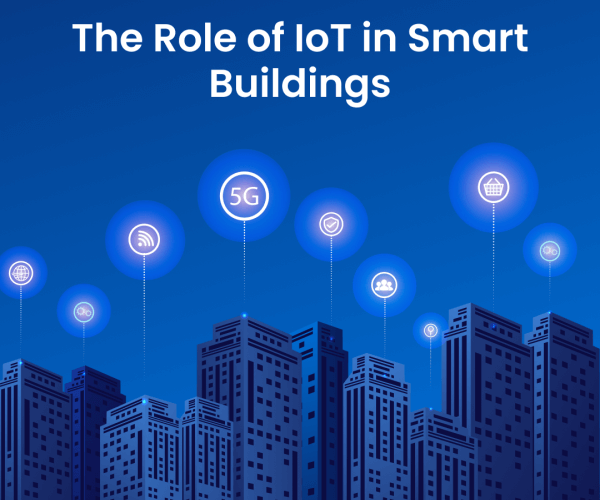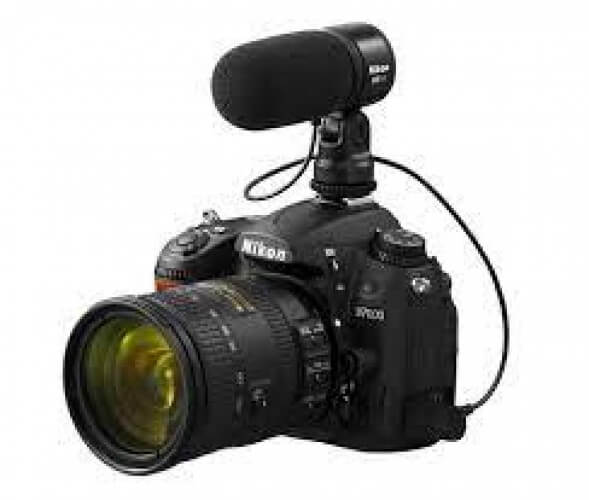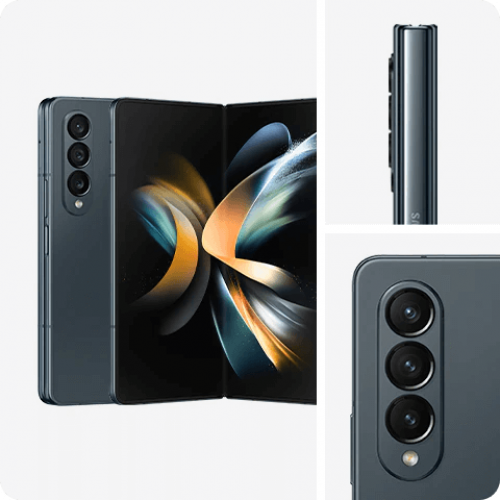Connecting Spaces: The Role of IoT in Smart Buildings - Pdf Slider

The five largest smart cities - Shanghai, New York, Toronto, Seoul, and Shenzhen— - are using the Internet of Things as their main technology to better manage resources for their growing populations.
A city is called a smart city if it has smart buildings, smart industries, smart streets, smart homes, smart transportation systems, and more.
The Internet of Things (IoT) is the technology that is largely responsible for driving smart cities. Let’s focus on one aspect of smart cities—the "smart buildings."
The use of IoT in smart buildings is part of the Building Management System (BMS) because when we say IoT in buildings, it doesn't only mean building automation.
IoT smart building solutions offer much more than just automation.
Read till the end to find answers to two major questions- What are smart buildings? And what are the different ways in which IoT is used in buildings?
Smart Buildings and Their Origin
To put it in a nutshell, smart buildings are an infrastructure that utilizes IoT technology and multiple sensors to collect data automatically. These wirelessly connected devices, with the help of the internet, allow remote monitoring and free-of-error management of huge smart spaces.
One IoT smart building example- temperature control in an entire building can be done at once without any human need through sensors, which can analyze the current temperature and the required temperature. The sensor transmits this data to the central control system, which activates the coolers or humidifiers to set the building space temperature accordingly.
Let’s talk about the origin of smart buildings-
Do you know that the first smart building caught the eye in the late 1970’s?
These smart buildings were first cited as “intelligent” buildings. The applications included in these “intelligent buildings” were heating, ventilation, and airflow.
Although these intelligent buildings are characterized by low energy consumption, they have major deficits in the area of connectivity.
IoT in Smart Buildings
IoT in smart buildings includes IoT devices that interact with each other to monitor, collect, examine, decipher, and control data to optimize operations.
Some of the common IoT devices that we are talking about here are:
- Temperature and humidity control
- Lighting control
- Occupancy counter
- Water leakage detectors
- Door open/close sensors
- HVAC and air quality control sensors
The application of the IoT sensors mentioned above is limited only by your imagination. IoT devices have various use cases in smart buildings. Some of the prominent ones are:
- Indoor climate control
- CO monitoring
- Power consumption monitoring
- Fire detection
- Lighting control
- Occupancy monitor
- Structural health
- Water monitoring
- Predictive maintenance
Also, Read The Complete Guide to Implementing IoT in Your Business
3 Applications of IoT in Smart Buildings
We have already seen that IoT devices can be used in numerous ways in IoT-integrated automated building systems.
3 major applications with which real estate businesses can get major benefits are:
- Home automation
- Facility Management
- Security & Safety
1. Home Automation
IoT-based home automation and smart home gadgets are in trend these days. One reason they are popular is the convenience they offer.
For example, sensors installed in a smart home can analyze and monitor the indoor environment, like the heating and cooling temperature, and control the airflow and heating vents accordingly, thus improving power consumption.
2. Facility Management
Both residential and commercial buildings can have an extensive range of amenities that need regular maintenance and monitoring.
Automated lighting and indoor environment monitoring are the basic building automation features.
However, facilities like predictive maintenance and asset management are examples of the more complex level of BMS, which involves giving notice to the team regularly for future repairs and replacements.
3. Safety and Security
IoT-integrated smart buildings ensure that the property remains safe by providing remote monitoring and delivering real-time data. In contrast to the traditional security process, the IoT system can monitor security on the building premises remotely using WiFi or cellular connectivity.
To conclude, it is the peak time to embrace IoT, and real estate should opt for IoT in smart buildings to gain extensive benefits.
Why?
Well, because IoT is a new technology, an entirely new world of smart building management is necessary for both residential and commercial facilities.
Thus, if you are in the real estate or construction business, you must consider integrating IoT technology into your business and business offerings.
Moreover, if you are looking for an IoT service provider, then you should consider talking to PsiBorg Technologies. They are proficient in developing custom smart buildings and building management solutions. You can also get the home automation app development in very little time.
The world is getting connected and is adopting IoT in their daily lives. Don't waste your chance of staying ahead of the crowd and choose IoT for your business.
Thank you for reading!
Also, Read A Complete Guide to Choosing the Right IoT Testing Company
YOU MAY ALSO LIKE
How to Use a Microphone for Nikon D3500 Camera.
Nikon’s D3500 camera is one of the best-selling digital SLRs. It offers a lot of options for photographers, from its advanced sensor to its great shooting performance. However, you may not know how to use the camera’s microphone. In this article, we will teach you how to use the Nikon D3500 camera’s microphone.
Helping The Others Realize The Advantages Of managed it support services
Helping The Others Realize The Advantages Of managed support services. It’s free of Expense. Material is actually a very flexible alternative. It permits you to Construct your brand name by educating, entertaining and inspiring the audience. It fuels each of the other kinds of digital marketing.
How do I Download Google emails to my PST?
If you are here then you are also looking for the same to download Google emails to my PST then your findings ended here. In this tutorial, we have shared the easiest and most reliable solution
Similar Links
Pre-order Galaxy Z Fold4 | Price & Offers | Samsung India
Buy Samsung Galaxy Z Fold4. Pre-order the latest folding phone with limited-time Enhanced trade-in, and free Watch4 classic 42mm deals at Samsung India.
A NASA asteroid sample extraction might look like this
The space agency offers more details of what it would do after corralling an asteroid -- collect samples and redirect the space rock to orbit around the moon. Yee-haw! In this concept shot, an astronaut collects samples from a captured asteroid. (Cre
How to be no.1 web hosting and to inrease your website traffic
Esteemhost provides best linux hosting with great features, unlimited web space, email, database, sub domain, ftp account and more. visit our website : www.esteemhost.com or call on toll free no. 18002005277.
Similar PDFs
The Significance Of Having The Suitable Cryptocurrency Wallet
Today, cryptocurrencies serve an almost infinite number of uses, including powering decentralized networks, facilitating ecosystem transactions, and, perhaps most importantly, serving as a speculative asset in a market worth more than a quarter-billion dollars.
Playbook Ten Steps to Data Quality Nirvana
There is a big difference between having data and having correct data. But collecting correct, compliant digital data is a journey, not a destination. Here are ten steps to get you to data quality nirvana.
What is Crypto Wallet and How Do They Work
Cryptocurrencies are essentially a form of value storage that can be anonymously exchanged between people. It was for this reason that Bitcoins were originally utilized on the dark web to enable sometimes unlawful transactions. Bitcoin's privacy and ease of use have made it a darling among those on the outskirts of society. Bitcoin, on the other hand, has recently gained popularity as a sound investment and a good store of value. With all of this in mind, you might be asking how to use Bitcoin to make purchases. After all, Bitcoin simply lives in the digital realm and has no physical form.










